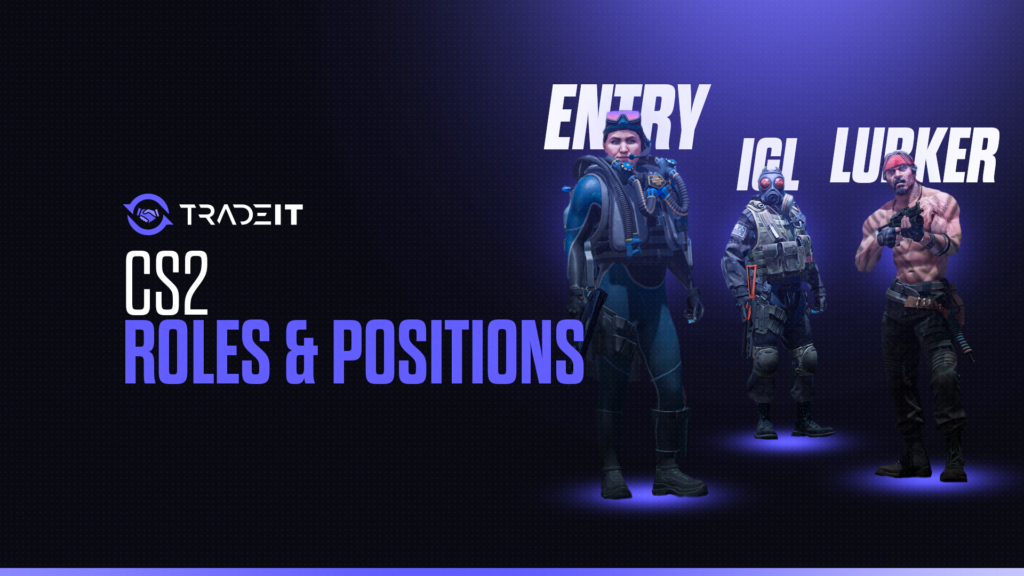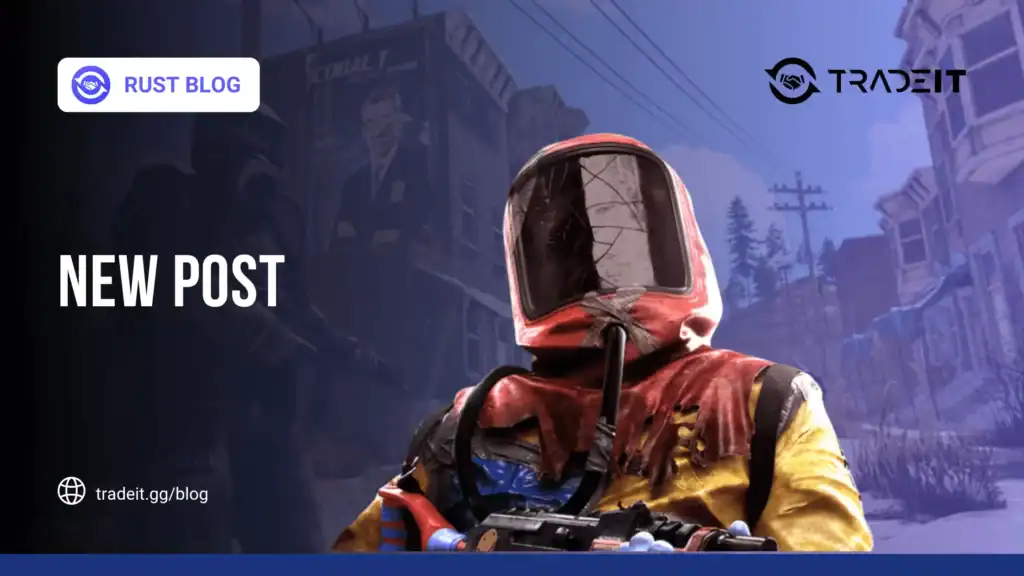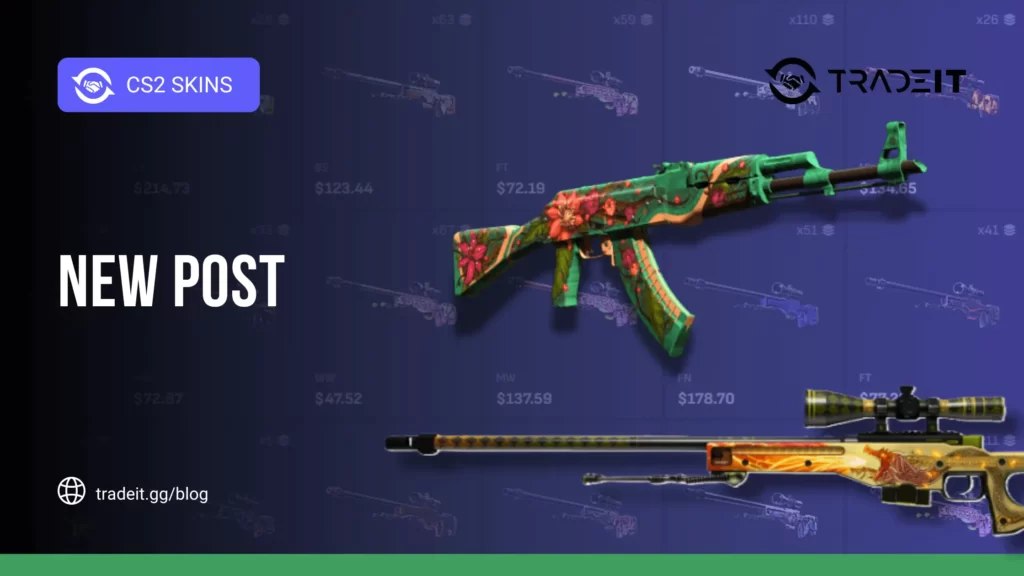CS2 is a simple game at first glance, but it quickly becomes apparent that mastering your roles and positions can significantly influence a team’s performance. CS2 roles and positions are a rabbit hole; the deeper you go, the more roles will pop up.
This article will explore the core roles – entry fragger, support, IGL, lurker, and AWPer – and their indispensable functions in clinching victory.
Key Takeaways
- CS2 team dynamics are built around five primary roles: Entry Fragger, Support, In-Game Leader (IGL), Lurker, and AWPer, each vital for a well-rounded and strategic approach to the game.
- Flexibility and adaptability within CS2 roles are key, with players often needing to switch between primary and secondary roles or alter their playing style to adapt to the flow of the match and ensure team success.
- Strategies in CS2 are role-specific and can include a mix of aggressive pushes, defensive holds, or intelligence gathering, with effective communication and quick decision-making being essential components of team coordination.
The Essence of CS2 Roles and Positions
Success in the adrenaline-fueled arenas of Counter Strike hinges on much more than individual skill—it’s a blend of strategy, coordination, and role mastery.
These roles are:
- Entry fragger
- Support
- In-game leader (IGL)
- Lurker
- AWPer
Each role, with its unique responsibilities and functions, contributes to a balanced and dynamic CS2 team ready to outmaneuver the enemy at every turn.
Also check: Best CS2 Agents
1. In-Game Leader (IGL)
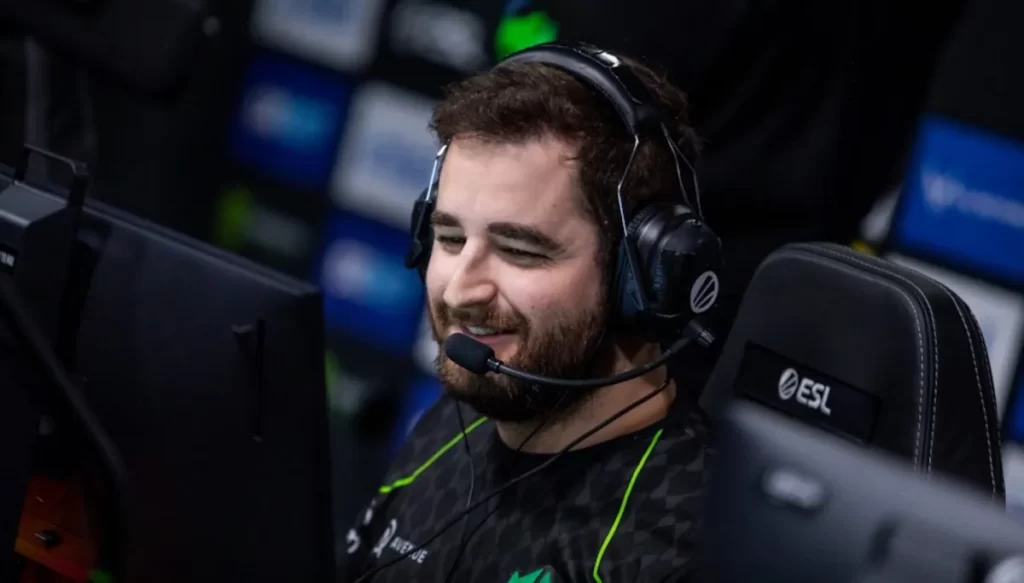
At the heart of any CS2 team is the In-Game Leader, who performs the following tasks:
- Steers the ship with a keen eye on the enemy’s every move
- Possesses a deep reservoir of map knowledge
- Formulates intricate game plans
- Adapts game plans on the fly as the tides of battle shift
- Reads the enemy team and predicts their strategies
- Rallies teammates to execute the game plan with precision
The IGL’s acumen is of utmost importance for the success of the team, especially when leading professional players.
But what truly sets the best IGLs apart? It’s their uncanny ability to make split-second decisions that can flip a round on its head. Guiding teammates through the fog of war, the IGL ensures that every move is a calculated step towards victory.
Whether it’s calling for a bold rush or a tactical retreat, the IGL’s word is the team’s gospel, and their leadership is the linchpin of success.
2. Support Player
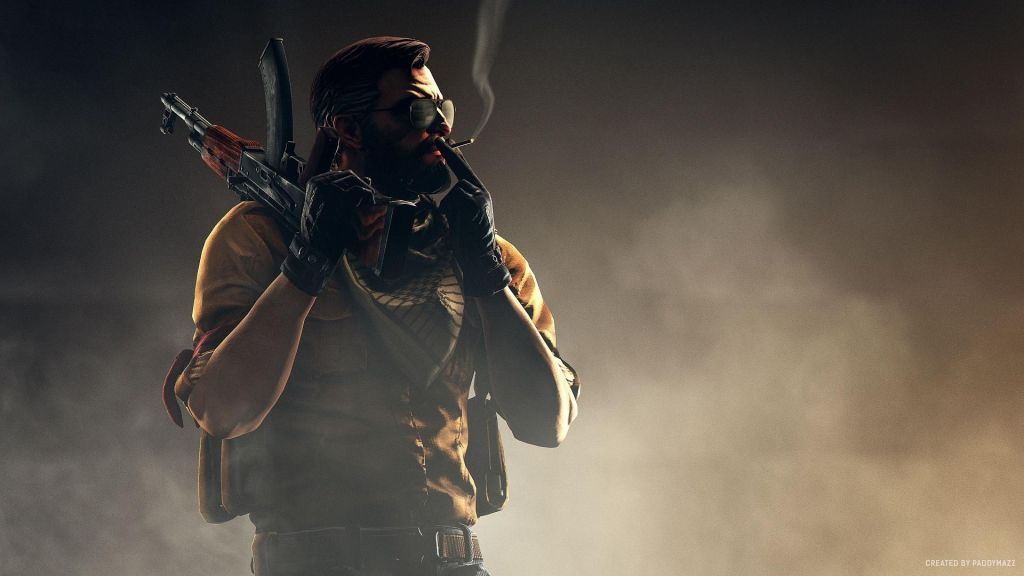
The role of a support player may not always take the spotlight, but its significance cannot be overstated. In the ebb and flow of a CS2 match, it’s the support players who empower their teammates, providing the scaffolding for the team’s strategy.
With an arsenal of smoke grenades and flashbangs at their disposal, they are the architects of opportunity, clearing paths and covering angles that enable the entry fraggers and AWPers to shine. Half of what they do is practicing smokes in CS2.
Support players often go unnoticed as they diligently fortify the team’s economy and gather vital intelligence. Their versatility and situational awareness make them a force multiplier, amplifying the team’s overall capability to engage enemies and secure objectives.
The ability to assume the support role is an attribute most players should hone, as it’s integral to the team’s cohesive playstyle and overall success.
3. Entry Fragger
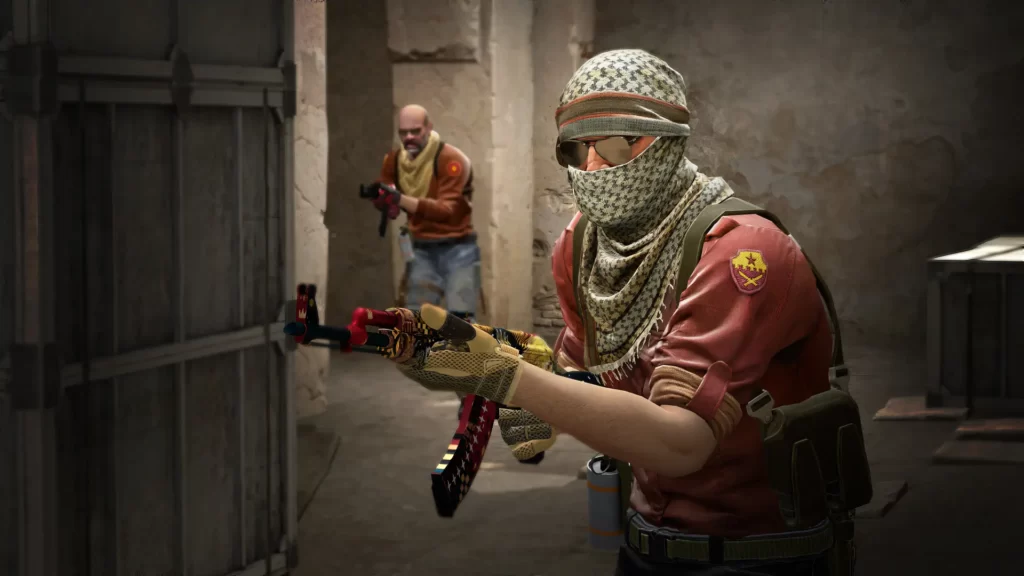
The entry fragger is the spearhead of the team’s assault, the first to breach enemy defenses with a calculated aggression that can make or break a round. This role demands players who are not just confident and quick on the draw, but also ones who possess the sharp instincts to spot enemy positions and secure the pivotal first kill.
Charging into contested territories, the entry fragger sets the tempo, their every move scrutinized by the enemy and their own team. As they engage the opponent head-on, it’s their duty to call out enemy positions and create openings for their teammates to exploit, often at the risk of being traded themselves.
It’s a role that carries immense pressure yet offers the thrill of being the catalyst for the team’s advance.
4. Lurker
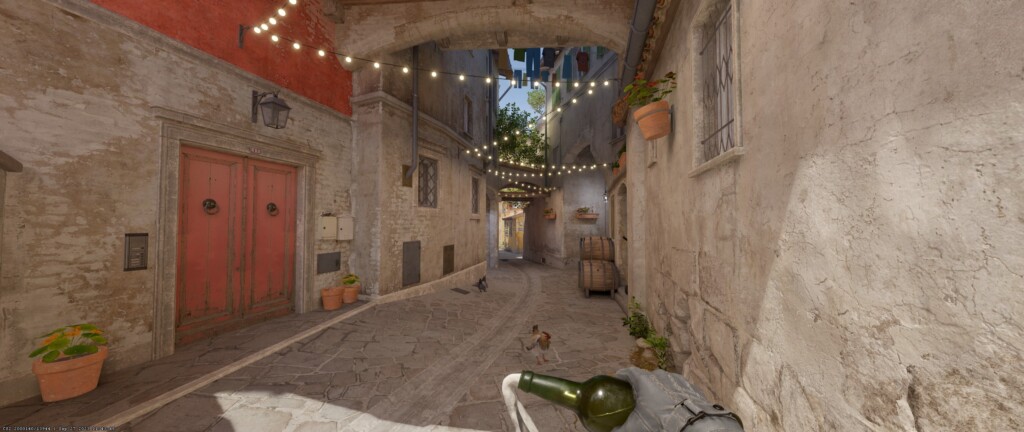
In the shadows of the CS2 battlefield, the lurker waits with bated breath, ready to strike like a silent assassin. This role is one of cunning and guile, perfect for those who relish the hunt and excel in the art of surprise.
With a deep understanding of enemy movements, lurkers gather information and create chaos within the enemy ranks, exploiting the slightest misstep to pounce on unsuspecting foes. They’re the ones that get the knife in CS2, and make the kills happen.
A good lurker:
- Moves with the patience of a predator
- Times their ambushes to coincide with their team’s movements
- Is the key to turning the tide of a skirmish
- Sows doubt and confusion among the enemy lines
- Relies on their ability to remain unseen and unheard until the moment is ripe for the kill
5. AWPer
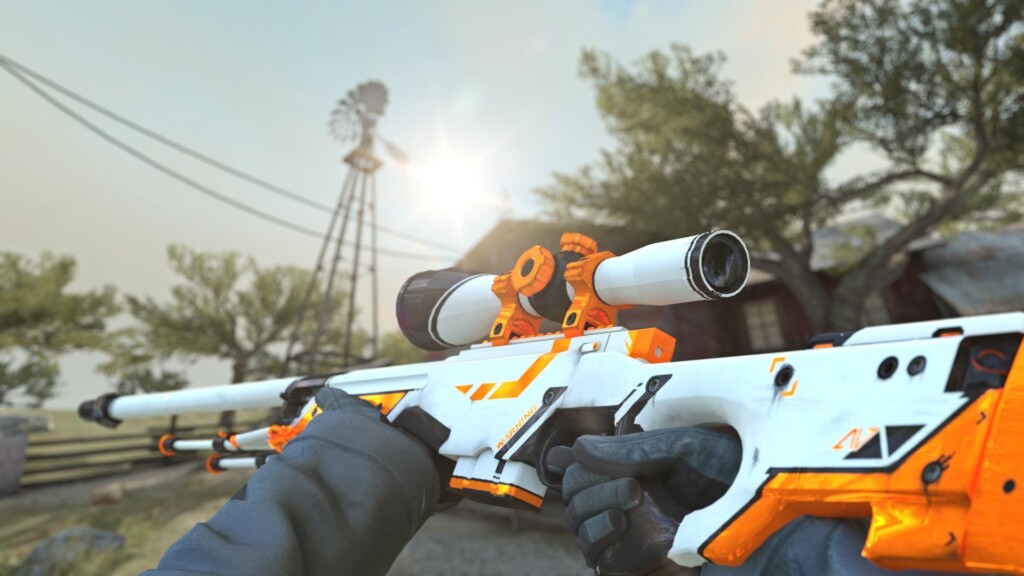
The AWPer is the eagle-eyed sharpshooter of the team, wielding the powerful sniper rifle to maintain map control and pick off key targets from a distance. Their role is one of utmost precision, and the best AWPers are known for their ability to control key areas of the map, dictating the flow of the game with each shot fired.
An effective AWPer is not just a one-trick pony; they often embody a ‘Hybrid’ role, showcasing their versatility by switching to a rifle when the situation demands it.
This adaptability ensures that the team can rely on the AWPer to deliver crucial picks that can sway the round in their favor. Plus, they get to rock cool CS2 AWP skins!
Flexibility in CS2 Roles
Adaptability is the name of the game in CS2, where no two rounds are the same and the unexpected is just around the corner. The best teams understand that flexibility in roles can be the difference between a hard-fought victory and a narrow defeat.
Whether it’s switching from a primary to a secondary role or altering your playing style to match the game’s rhythm, being able to pivot is crucial for a team’s success.
Secondary Roles
The ability to transition into secondary roles is what separates a good team from a great one. It’s about having a roster where players are not just confined to a single role but can seamlessly assume multiple positions as the need arises.
When riflers can pick up the AWP to support their primary sniper, or when support players can step up to fill in as entry fraggers, the team’s strategic depth multiplies.
Consider the Anchor, a role similar to the support player, but with a unique responsibility. Tasked with holding down the weaker bombsite, they must use their utility wisely, hold angles against overwhelming odds, and survive long enough for the cavalry to arrive.
Summary
As we’ve ventured through the roles and strategies that define CS2, it becomes clear that mastering these elements is integral to a team’s playbook. From the decisive shots of the AWPer to the strategic calls of the IGL, each role plays a part in the grand scheme of victory. Embrace these roles, adapt to the ever-changing battlefield, and you’ll find your team not just playing the game, but dominating it.
Frequently Asked Questions
The in-game leader (IGL) role is crucial in CS2 because they are responsible for decision-making, strategy formulation, and guiding teammates to ensure team cohesion. This is essential for success in the game.
Support players contribute to the team’s success by providing essential utility, covering teammates, and facilitating strategic execution. They act as the backbone of the team’s performance.
The primary responsibility of an entry fragger is to initiate engagements, secure the first kill, and create openings for their team with quick reactions and exceptional aiming skills. This helps set the stage for the rest of the team to follow through and secure the objective.
Adaptability is important for CS2 players because it enables them to switch roles and adjust their playstyle based on the match’s requirements, giving the team strategic flexibility and an advantage in various scenarios.
A secondary role in esports is an additional position that players can fill, like a secondary AWPer or versatile support player. It’s important because it provides adaptability and depth, allowing teams to adjust strategies and maintain effectiveness in different situations.


